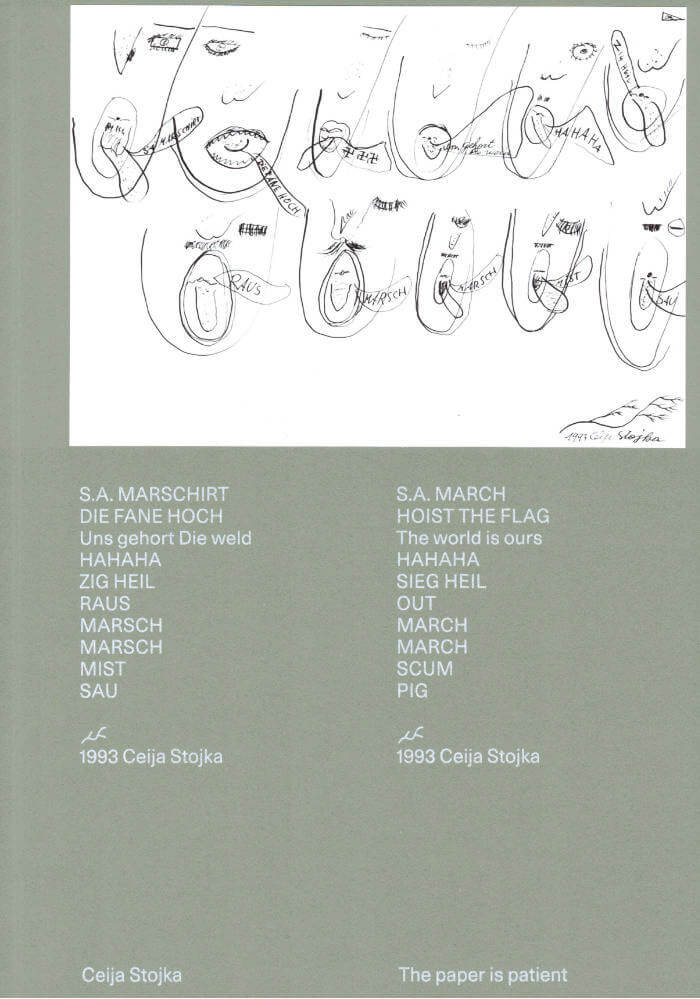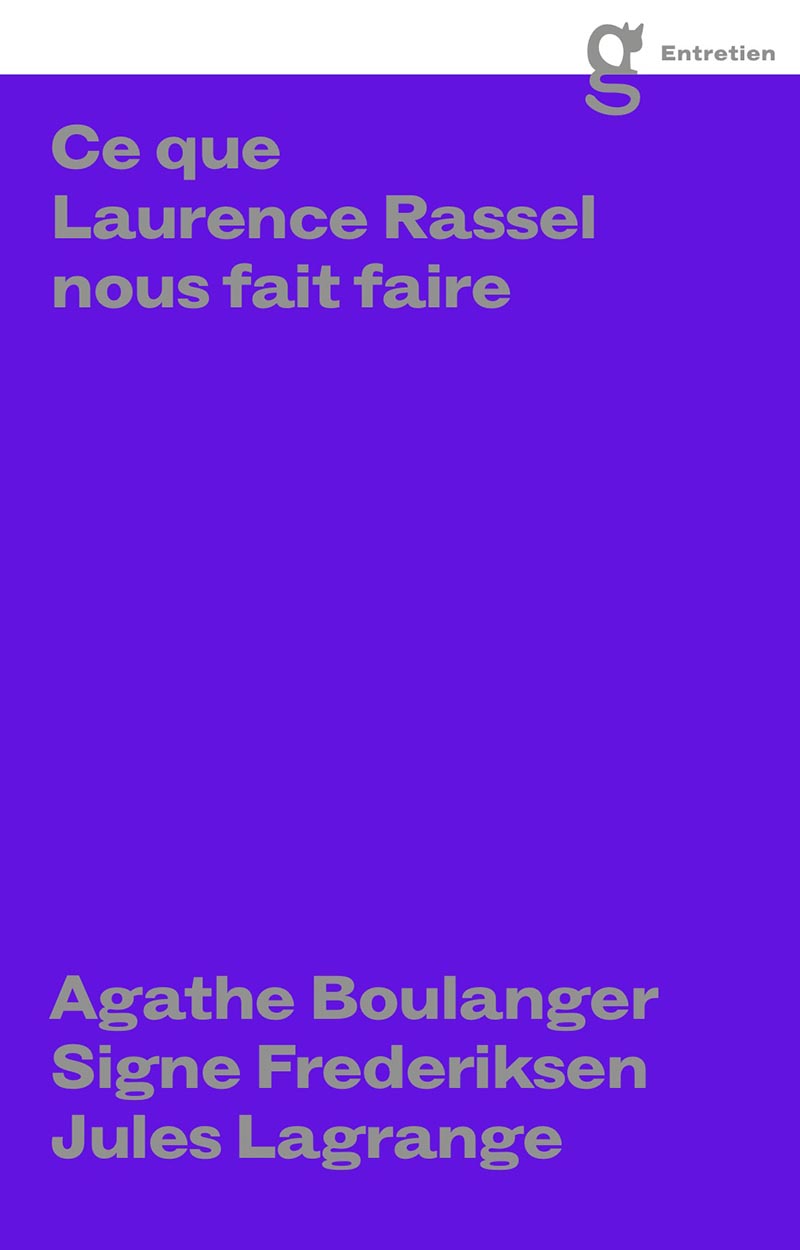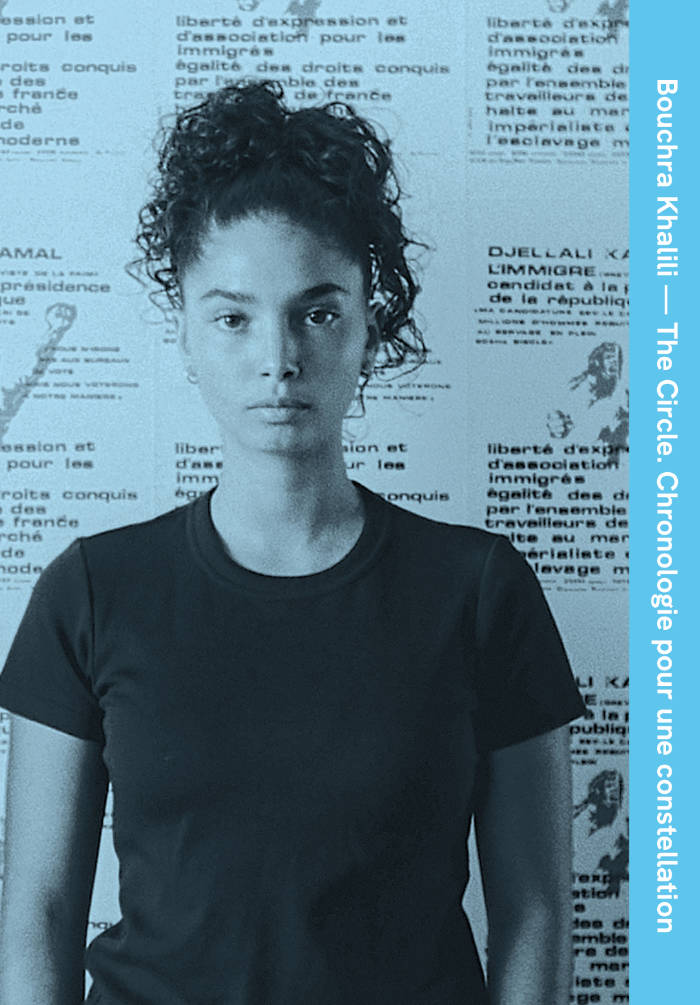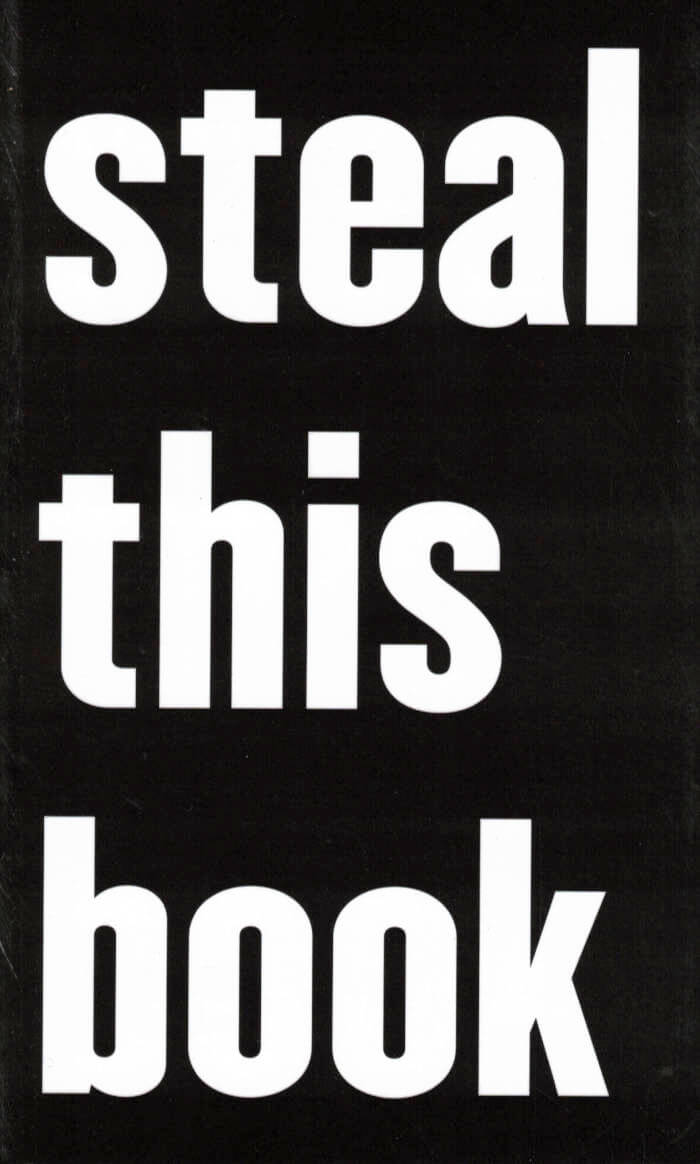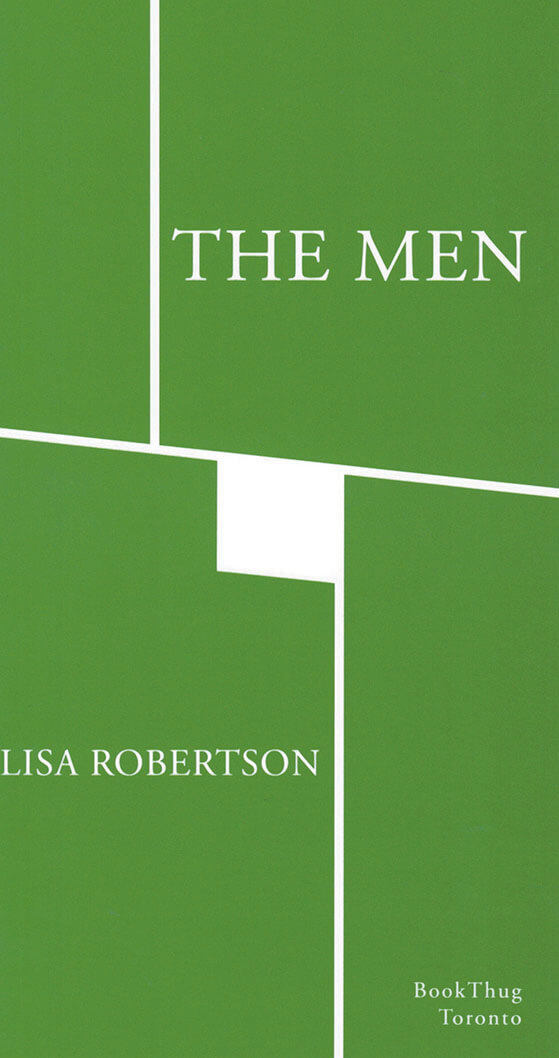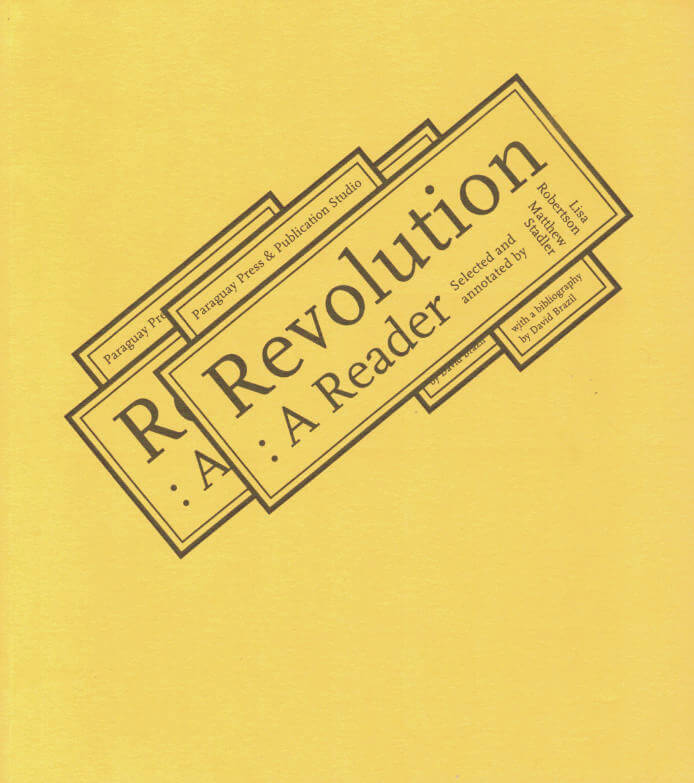
Revolution: A Reader
Matthew Stadler, Lisa Robertson
Revolution: A Reader collects texts from across many cultures and times and organises them roughly along a chronology of living, from 'beginning' to 'childhood', 'education', 'adulthood' and 'death'. The book brings the embodied fact of revolution into the lived present by engaging readers with language that takes us there, no matter where we are to begin with. We are all in revolution, now. Reading can make this fact primary and conscious and shared.
Heavily annotated throughout, the book is, quite literally, a conversation. The annotations, by Lisa Robertson and Matthew Stadler "composed simultaneously and in response to one another“ stitch a web of arguments that link the book into a single thing, a reader. The book also features a narrative bibliography of revolution by David Brazil.
Language: English
